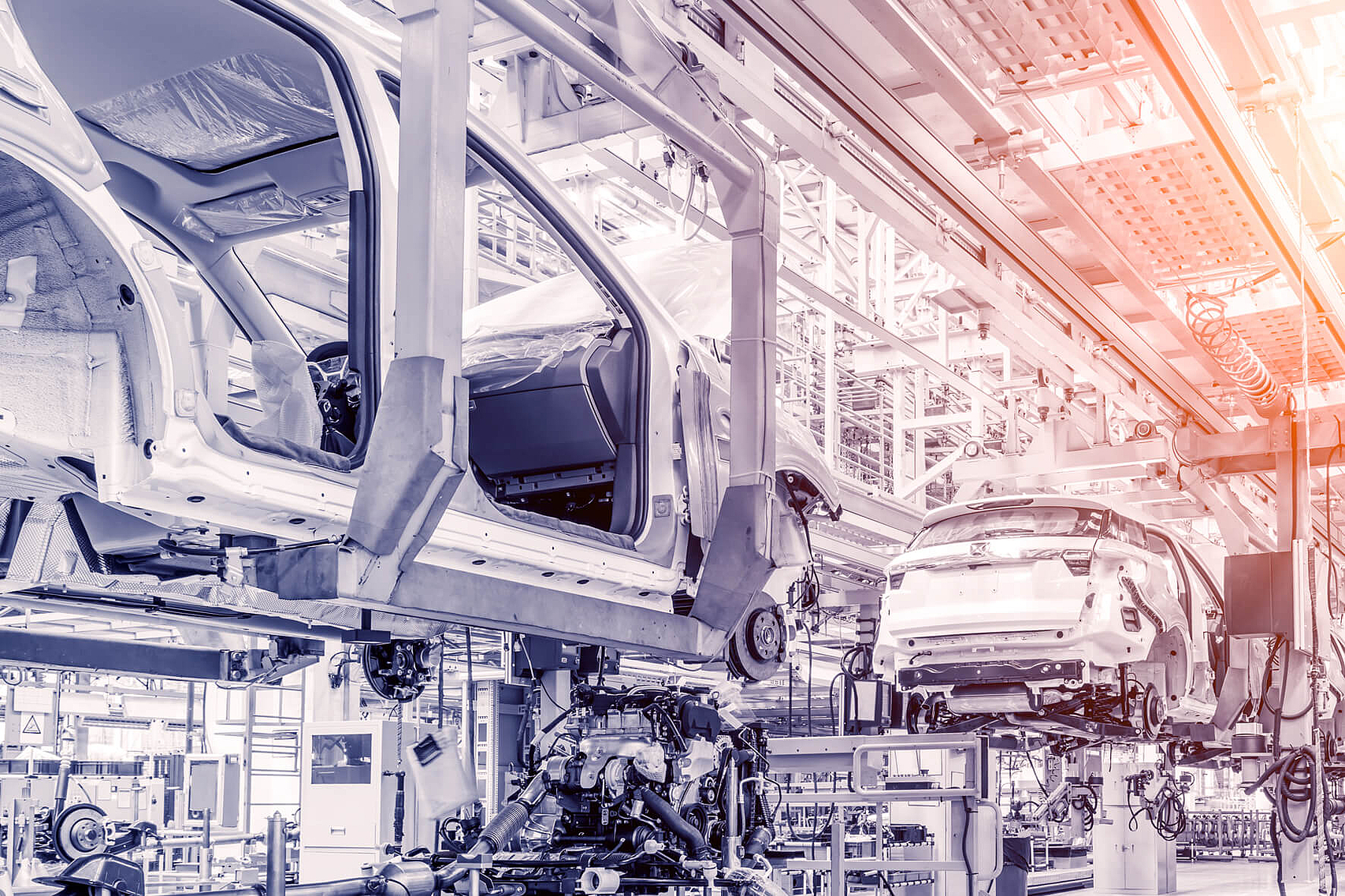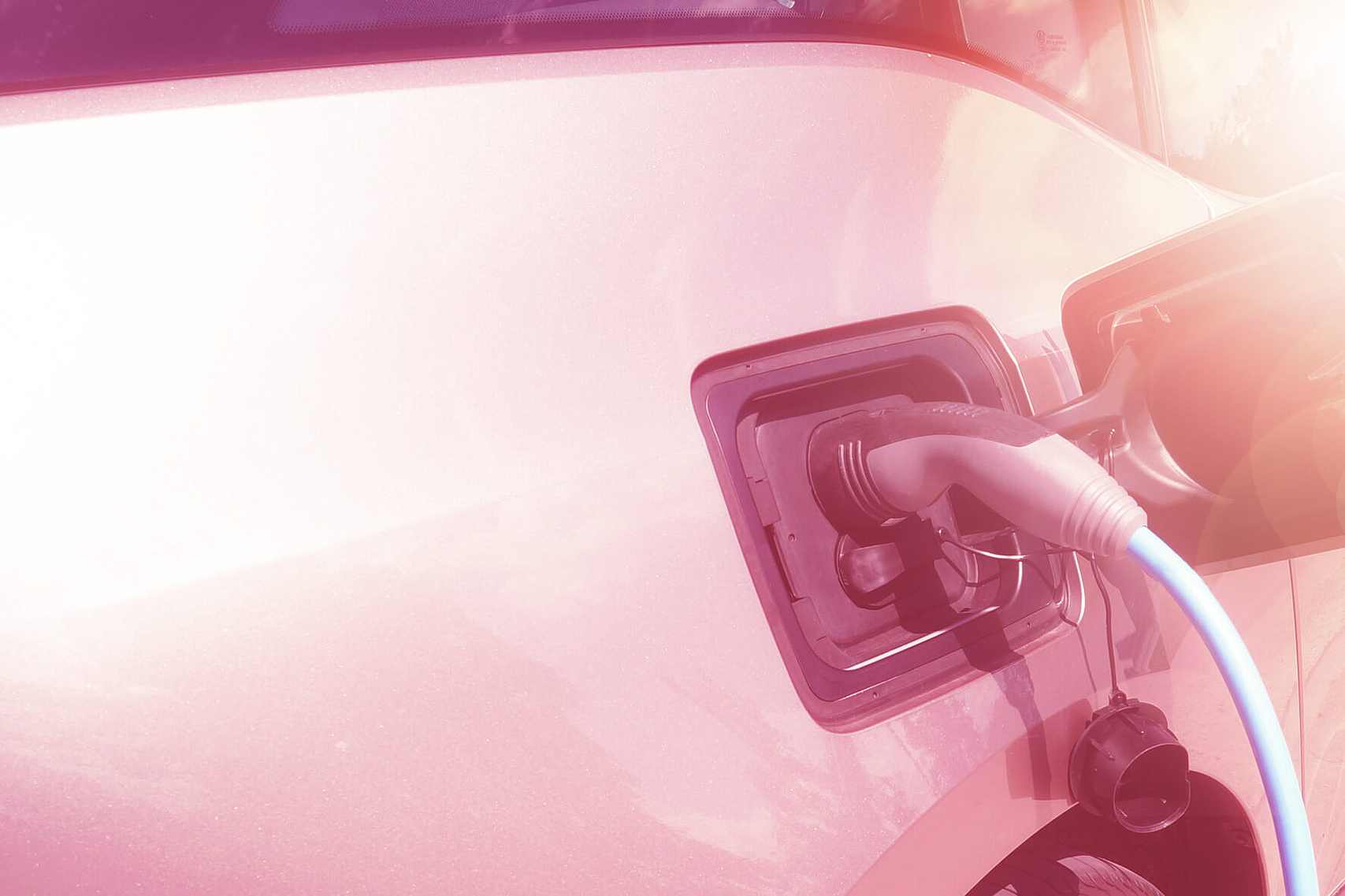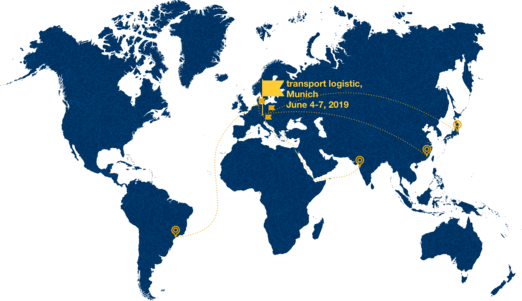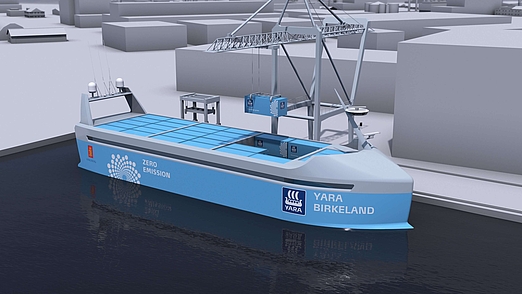The future of our cars will change, whether you’re ready or not
How the automotive industry will transform
- Insights
The automotive industry is not only one of the world’s most important economic sectors by revenue, it also takes up a leading role in terms of quality expectations, product variety and process complexity.




We offer specialized logistics solutions and warehousing facilities for the requirements of a range of industries.
Uniform standards in all of our logistics centers around the world ensure high quality and reliability. Benefit from our comprehensive network of warehouses in Europe, Asia and the USA.
Find out more
By outsourcing your logistics, you benefit from a competent partner who can optimize your processes and save you time and money.
We will be glad to consult you in detail about individual processes or create a comprehensive logistics concept for all your storage, inventory management and order handling.
Find out more



